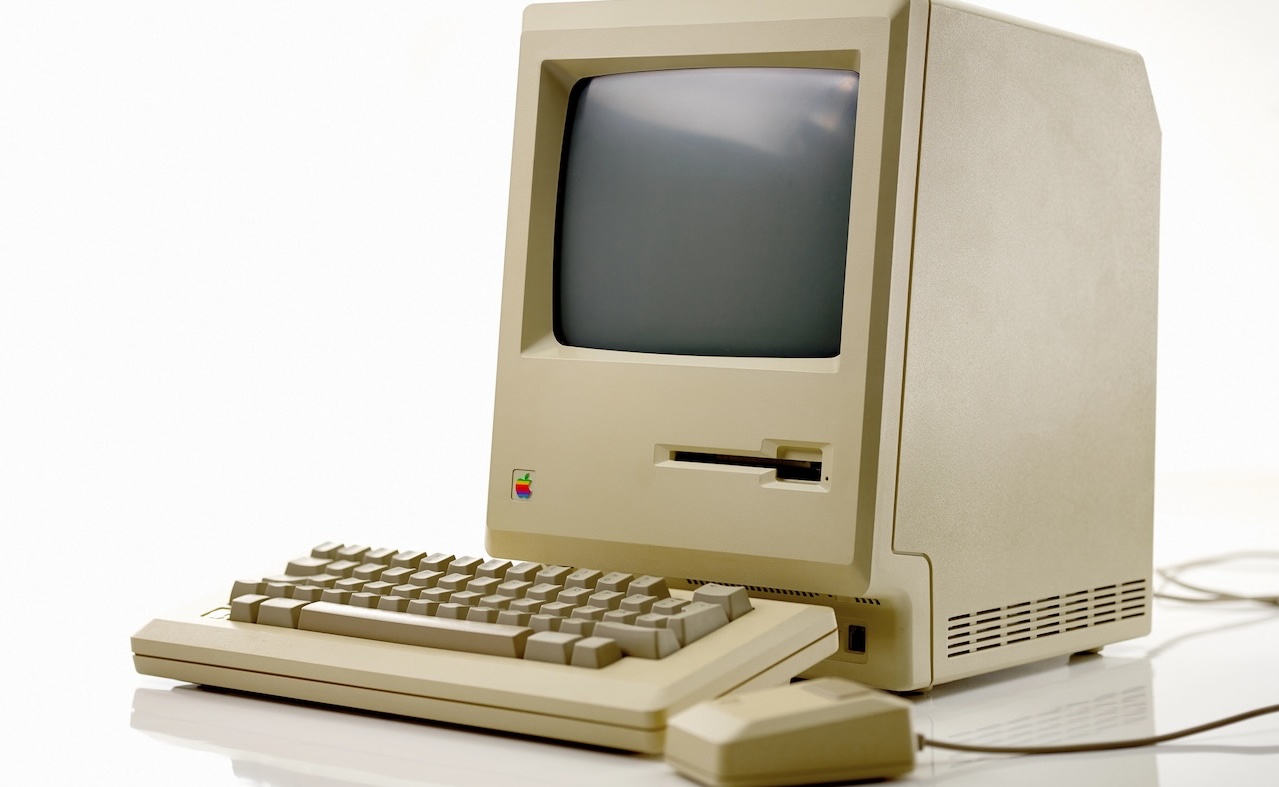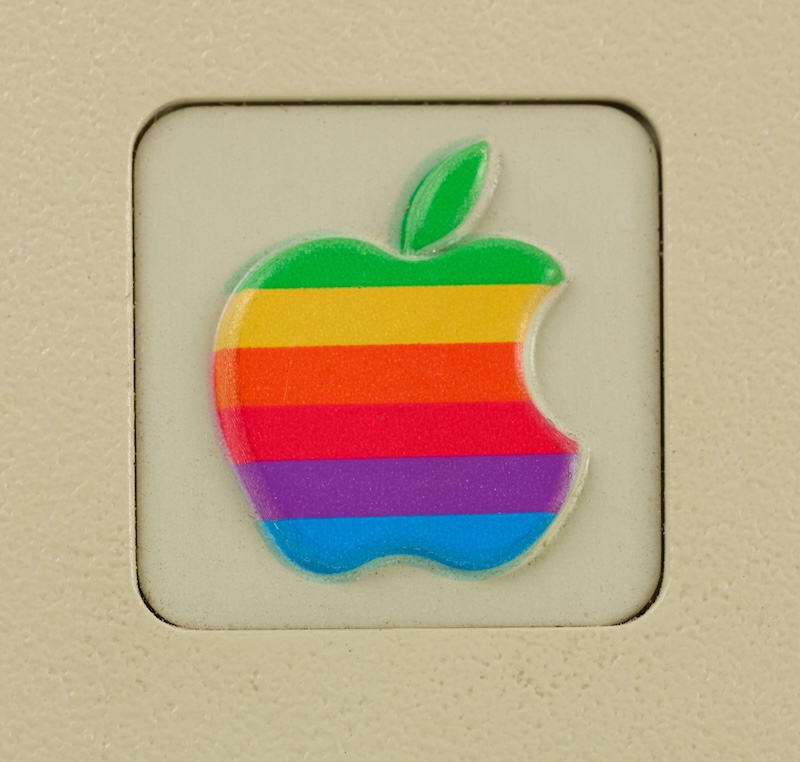Apple’s excessive power can be demonstrated (also) by the fact that the company led by Tim Cook has had, in recent days, to soften two positions in the name of a monopoly.
The first: once the long-standing dispute with Epic Games was over, the judge forced the Cupertino company to open its App Store to external payments as well. Apple did so, but with a series of clauses that provoked a heated reaction from several companies.
And, even more recent news, in order not to contravene the rules of the European Digital Markets Act, the company will also allow third-party apps to make contactless payments on iOS via the NFC system, until now for the exclusive use of Apple Pay.
In short: a lot of time has passed since the launch of the first Mac, which took place on January 24, 1984, therefore 40 years ago, precisely, precisely. We remember that event, and the famous commercial that launched the product.
The first Mac and the Ridley Scott commercial
It’s true, the first Mac was released on January 24, 1984. But it was launched two days earlier, on January 22, in a sensational (and, we might add, very… American) way.
On January 22, 1984 in Tampa, Florida, the Washington Redskins and the Los Angeles Raiders faced each other in the eighteenth edition of the Superbowl, the final of the American football championship.
CBS broadcast the meeting, seen by 77 million people. But the event did not go down in history due to events related to sport.
During the commercial break, a curious commercial lasting 60 seconds was shown. In which a terrible dystopian future is disavowed by a heroine dressed in red and white, who throws a mallet at the giant screen from which an individual is haranguing a uniformed and hypnotized crowd.
The final slogan is legend: “On January 24, Apple Computer will put the Macintosh on sale. And you’ll understand why 1984 won’t be like 1984.”
Il primo Mac, Blade Runner e George Orwell
The commercial shot by Ridley Scott was prophetic. And it contains a double reference: an implicit one to Blade Runner, a 1982 film directed by Scott himself. And an explicit one to 1984, George Orwell’s masterpiece novel which imagines an oppressive regime in which Big Brother constantly monitors the population, trampling on their freedom. Any reference to the recent controversies over artificial intelligence used in public places is not accidental. Even though back then the Big Brother that tried to inculcate single thinking was IBM, which held 90% of the IT market.
Anyway, if Orwell was prophetic, we said that the advert premiered on January 22nd was also prophetic. And with it the then twenty-nine year old Steve Jobs, who started a family of computers with an incalculable socio-cultural (and let’s add the aesthetic) impact.
And to think that, while Jobs was enthusiastic about Scott’s commercial, other members of the board of directors feared the public’s reactions to such an unusual and aggressive video.
The first Mac: Macintosh 128K
If it was inevitable to dedicate a certain space to one of the most successful advertisements in the history of television, let’s not forget the object that turns 40 today. That is, the first Mac put on the market, the Macintosh 128K.
It’s quite impressive to think that the name of the product corresponds to its RAM memory (which however doubled the usual one for those years, 64 Kb).
There was the possibility of connecting peripherals such as a printer or floppy disk. But with cables different from traditional ones: here Apple immediately showed its exclusive and “isolationist” attitudewhich after four decades still divides users between enthusiasts and critics.
The screen of the first Mac was just 9″, the definition of 72 pixels per inch, the overall weight of 7.5 kilos. And the price is anything but trivial: around 2,500 dollars, equivalent to 5,000 today.
But in the meantime the revolution had begun. For the first time we have discovered a computer with a standard mouse, and with an innovative and intuitive graphic interface. The various current icons, including the trash can, derive from the Macintosh 128K. In reality, the graphic interface had already appeared on the Xerox Star and Apple’s Lisa, both of which however were destined to have limited success.
The success of the first Mac
The Macintosh 128K sold well especially in the first few months of its launch (50,000 units in three months), thanks to its exceptional novelty elements and memorable commercial.
Over time, however, poor memory slowed down its sales. And the 512K model, on the market since September of the same year, was preferred. But the world had known a new way of understanding personal computers, and Big Brother (only the computer one, alas) had been defeated.
















Leave a Reply
View Comments